Red Borneo Kratom is a unique strain of the Mitragyna speciosa tree, native to the island of Borneo. This tropical...
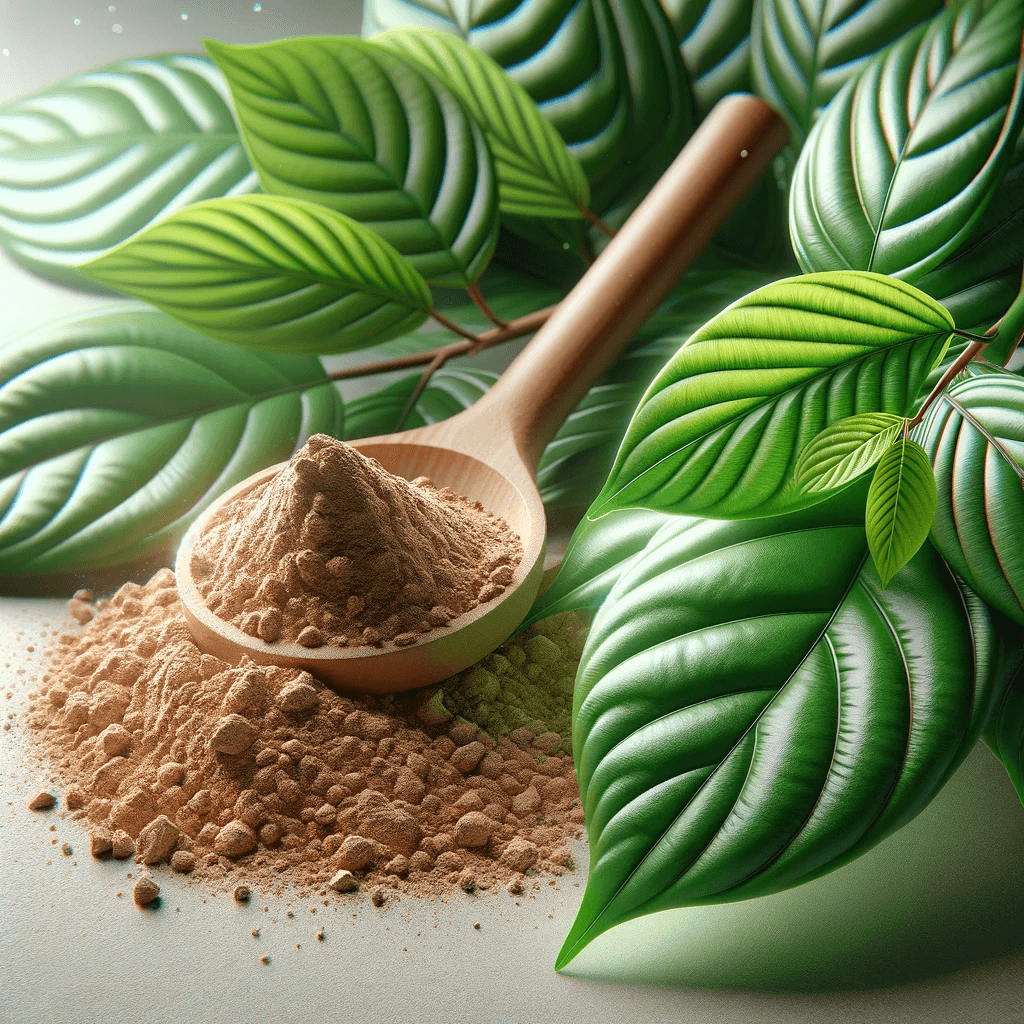
Kratom in Malaysian Culture: A Deep Dive into Traditional Treatment
Introduction
Kratom, a plant native to Southeast Asia, has been an integral part of Malaysian culture for hundreds of years. In Malaysia, Kratom is more than just a plant - it is interwoven into the historical, medicinal, social, and religious fabric of the nation. This article will take a deep dive into the role Kratom has played in traditional Malaysian life, with a particular focus on its use in treatments. We will explore the origins of Kratom, its evolution in Malaysian treatment, the cultural impact it has made, and the science behind its treating properties. Join us as we unravel the captivating story of this botanical wonder and its enduring significance in Malaysia.
The Historical Roots of Kratom in Malaysia
Kratom has a long history in Malaysia, dating back hundreds of years. Its properties and cultural importance developed many centuries before modern treatment evolved.
Kratom's Early Use and Cultural Significance
The indigenous peoples of Malaysia first discovered Kratom and quickly realized its unique potential. The leaves of the Kratom tree, scientifically known as Mitragyna speciosa and belonging to the coffee family, contain a diverse range of alkaloids that produce complex effects. Chewing the leaves was found to provide both stimulant-like energizing properties and pain-relieving sedative effects.
Kratom grew in popularity and developed cultural significance. Early Malaysian communities incorporated it into traditional ceremonies, giving it a sacred status. The stimulating properties were used by laborers to enhance work output, while healers and shamans used it in healing rituals. Malaysian folklore is rich with legends detailing Kratom's miraculous benefits, reflecting its mythical standing.
Traditional Methods of Kratom Consumption
The traditional technique of consuming Kratom in Malaysia was chewing the leaves. The leaves were picked and sometimes dried before being chewed thoroughly to release the alkaloids. Chewing produced stimulatory effects within 5-10 minutes. Dried leaves were also brewed into tea, adding a bitter, grassy flavor.
Another method was creating a paste from crushed Kratom leaves mixed with water. The paste could be applied topically or eaten for pain relief. Adding citrus juice or alcohol to this paste or tea could enhance the extraction and its effects. These simple yet effective preparations allowed indigenous communities to harness Kratom's medicinal potential for centuries.
Kratom in Traditional Malaysian treatment
Kratom became a pillar of traditional Malaysian healing practices. Its pain-relieving, energizing, and psychoactive properties were used to treat various conditions.
Understanding the Uses of Kratom
Malaysian traditional healers used Kratom to treat a wide range of ailments:
-
Pain relief - Chewing Kratom leaves were found to rapidly alleviate pain. It was used to soothe chronic pain, arthritis, and muscle aches. Topical application of the leaf paste also reduced pain.
-
Increasing energy - The stimulating effects of Kratom helped counter fatigue and boost energy. Laborers and farmers would chew the leaves to improve work capacity.
-
Diarrhea treatment - Kratom's ability to slow intestinal motility made it an effective treatment for diarrhea. Indigenous communities used it for centuries to treat gastrointestinal problems.
-
Opioid withdrawal - Kratom activates the opioid receptors in the brain, producing a mild euphoric feeling. This made it useful for treating opium withdrawal symptoms.
-
Illness recovery - The overall energizing yet calming effect of Kratom helped patients recover faster from sickness. Kratom tea was commonly given to the ill to ease symptoms.
-
Anxiety and sleep aid - Higher doses of Kratom relieve anxiety and induce sleepiness and sedation. It was used to treat anxiety, insomnia, and stress.
The Transition from Traditional to Modern Use
For centuries, Kratom was exclusively used in traditional treatment in Malaysian culture. However, in recent decades, it has gained popularity around the world as a recreational substance and alternative wellness product.
This transition began in the early 20th century when manual laborers started using Kratom leaves to boost productivity and energy levels. Word spread and Kratom tea stalls sprouted across Malaysia to cater to working-class regulars.
Kratom's pain-relieving properties also attracted the attention of Western treatment in the 20th century. Studies confirmed the presence of mitragynine and 7-hydroxymitragynine, Kratom's primary active alkaloids. With the alkaloids isolated in 1943, researchers uncovered Kratom's potential beyond traditional settings.
Today, Kratom is gaining worldwide recognition. It is sold online, in specialty shops, and even coffee shops. While traditional preparations like tea remain popular, Kratom powder and extracts allow easier dosing. Innovation has created concentrated extracts and isolates to target specific effects. Despite the progress, the foundational use of Kratom medicinally perseveres alongside recreational popularity.
The Cultural Impact of Kratom in Malaysia
Beyond treatment, Kratom also has had profound cultural impacts on Malaysian society. It became entangled with customs, ceremonies, and perceptions.
Kratom's Role in Social and Religious Ceremonies
In indigenous societies across Malaysia, Kratom was woven into cultural practices. The Lun Bawang community in Sarawak used Kratom in naming ceremonies for newborns as part of ritual observation of the child's personality.
Kratom tea was served during important social events like weddings, festivals, and ancestor worship ceremonies. Elders would brew a large batch and share it among attendees to promote bonding. Drinking Kratom tea together developed into an act of social cohesion.
For shamanic Malaysian healers, Kratom was part of ritual healing ceremonies. Shamans ingested Kratom to induce a trance-like state before diagnosing illnesses and performing healing rituals for patients.
Contemporary Perception of Kratom in Malaysian Society
The perception of Kratom in modern Malaysia is generally positive, with it being part of the traditional identity. But there is a generational divide in attitudes.
Elders are more accepting of Kratom due to familiarity with its traditional importance. But youth perception tends to be more wary, viewing it as a strange traditional custom rather than relevant treatment. This leads to the stereotype of Kratom as an outdated practice.
Despite the stereotypes, Kratom remains legal in Malaysia. The government regulates Kratom under the Poisons Act to ensure safe use. However, the growing global popularity of Kratom concerns officials due to the spread of misinformation online. Efforts are underway to educate the public on safe traditional consumption.
Overall, Kratom continues to be valued as an integral part of Malaysian heritage. But modernization is slowly eroding the indigenous wisdom, creating space for new ideas. The future of Kratom rests on bridging tradition and innovation.
Kratom in Traditional Treatment: A Closer Look
Now that we have covered the cultural experience of Kratom in Malaysia, let's take a closer scientific look at what gives this plant its medicinal potency.
Kratom's Active Compounds and Their Effects
Kratom contains over 40 unique compounds known as alkaloids, each with distinct effects:
-
Mitragynine - This primary alkaloid (up to 60% of total) acts as a mild stimulant while also exerting opioid-like analgesia. It is linked to pain relief, energy boosting, and anti-anxiety activity.
-
7-Hydroxymitragynine - This minor alkaloid is 13 times more potent as an analgesic than morphine, powering Kratom's painkilling effects. It also triggers opioid receptors.
-
Speciogynine - This alkaloid (6% of the total) is a smooth muscle relaxer that contributes to Kratom's soothing effects. It complements mitragynine.
-
Paynantheine - This alkaloid represents up to 9% of the total. It supports Kratom's analgesic and relaxing benefits.
-
Speciociliatine - A weaker alkaloid that boosts energy levels and elevates mood. It adds to the overall stimulatory effect.
The combination of muscle relaxants, analgesics, and stimulants in Kratom produces a nuanced herbal remedy for various conditions.
Case Studies and Personal Accounts
A mother of 3, developed insomnia after her pregnancy. Her mother-in-law brewed a cup of Kratom tea to help her sleep. The sedative properties relaxed Sara and allowed her to sleep peacefully.
A 30-year-old recovering from opium addiction was recommended Kratom by fellow patients. Consuming it eased his withdrawal symptoms, allowing him to quit opium successfully.
These real-world cases highlight Kratom's far-reaching benefits, from pain relief and relaxation to combatting withdrawal and social anxiety. The alkaloids produce tailored results not easily matched by modern treatment.
Kratom's profoundly intertwined role in Malaysian culture serves as a testament to this plant's remarkable properties. As we have seen, Kratom is more than a botanical wonder - it is a historical, medicinal, and social treasure.
From its mythical beginnings and traditional preparations to its modern evolution, Kratom has been a vital part of Malaysian heritage for centuries. Its alkaloids offer a balanced symphony of stimulating, sedating, and analgesic effects that treat a wide range of conditions. Kratom continues to be valued both as a traditional treatment and a method for improving well-being
.
The future of Kratom is bright, but balancing innovation with tradition is key. Efforts to understand the traditional wisdom and preserve it alongside modern applications will allow Kratom's benefits to improve lives for generations to come. Just as it did for those many centuries ago when indigenous Malaysians first discovered it.
Experience Traditional Malaysian Kratom
To experience the rich cultural heritage of traditional Malaysian Kratom yourself, visit SpeakeasyKratom.com and explore our Green Malaysian Kratom Powder. Experience centuries of holistic wisdom and discover the nuanced benefits that have been treasured for generations.
Disclaimer:
The information provided in this article is for educational and informational purposes only. It is not intended as medical advice or as a substitute for standard medical practice. The content was compiled from online research and anecdotal sources. The therapeutic benefits and medicinal properties of Kratom are based on traditional use and scientific research but have not been evaluated by the FDA. Kratom is a potentially unsafe botanical substance that may interact with medications or produce side effects. Consumption of Kratom can carry health risks and should be done with extreme caution under medical supervision. The legality of Kratom is subject to change based on governing laws in different regions. This article does not promote the recreational use of Kratom or any illegal substances. You assume full responsibility for using any information from this article and hold the author harmless from any outcomes. It is advisable to thoroughly research Kratom and consult a medical professional before using it for any purpose.
Frequently Asked Questions
-
How long has Kratom been used in Malaysia?
Kratom has a long history of use in Malaysia dating back hundreds of years. Indigenous communities discovered and used Kratom's medicinal properties centuries before modern medicine. The rich Malaysian folklore is filled with myths and legends that speak of Kratom's incredible healing powers, pointing to just how significant this botanical wonder was in traditional culture. Archeological evidence also indicates Kratom was integral to the medicinal and ceremonial practices of ancient Malaysian civilizations.
-
How was Kratom traditionally consumed in Malaysia?
The traditional methods of consuming Kratom in Malaysia were chewing the leaves directly or brewing them into tea. Dried leaves were chewed to release alkaloids, while tea provided a bitter, grassy-flavored preparation. The ancient methods of processing and consuming Kratom were passed down for generations as part of Malaysia's treasured healing practices. Fine-tuning these traditional preparation techniques was key to extracting the balancing properties of Kratom's diverse alkaloids. The simplicity yet wisdom of these approaches allowed indigenous communities to discover Kratom's therapeutic potential for centuries before modern extraction methods.
-
What conditions did Malaysian traditional medicine use Kratom to treat?
Kratom was used to treat pain, diarrhea, fatigue, anxiety, insomnia, and opioid withdrawal effects, and to aid recovery from illnesses in Malaysian traditional medicine.
-
When did Kratom transition from traditional to modern use?
In the early 20th century, Kratom began transitioning beyond traditional use in Malaysia as its pain-relieving properties attracted research. The isolation of mitragynine in 1943 enabled a wider study of its medicinal benefits.
-
How is Kratom perceived in modern Malaysian society?
Most Malaysians view Kratom positively as part of traditional culture, though stereotypes exist of it being an outdated practice. Officials regulate Kratom to ensure safe use while working to educate against misinformation.
-
What are the main active alkaloids in Kratom?
The main alkaloids are mitragynine, 7-hydroxymitragynine, speciogynine, paynantheine, and speciociliatine. Each contributes a different effect, from stimulation to analgesia.
-
What conditions did the case studies highlight Kratom successfully treated?
The case studies highlighted Kratom's efficacy for chronic pain, social anxiety, insomnia, opium withdrawal, and overall well-being. This mirrors traditional applications.
-
Is Kratom legal in Malaysia today?
Yes, Kratom remains legal in Malaysia. The government regulates it under the Poisons Act to ensure safe traditional consumption.
-
What is key for Kratom's future in Malaysia?
Balancing innovation with tradition is crucial for Kratom. Preserving traditional wisdom while exploring modern applications will enable its safe use.
-
Where can I buy quality Malaysian Kratom?
High-quality Malaysian Kratom that respects traditional preparation can be purchased online from reputable vendors like Speakeasy Kratom. Speakeasy Kratom sustainably sources premium Kratom strains directly from dedicated growers in Indonesia. This ensures the products retain the same authentic properties that have been relied upon for generations.

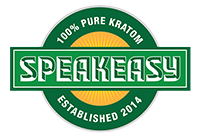
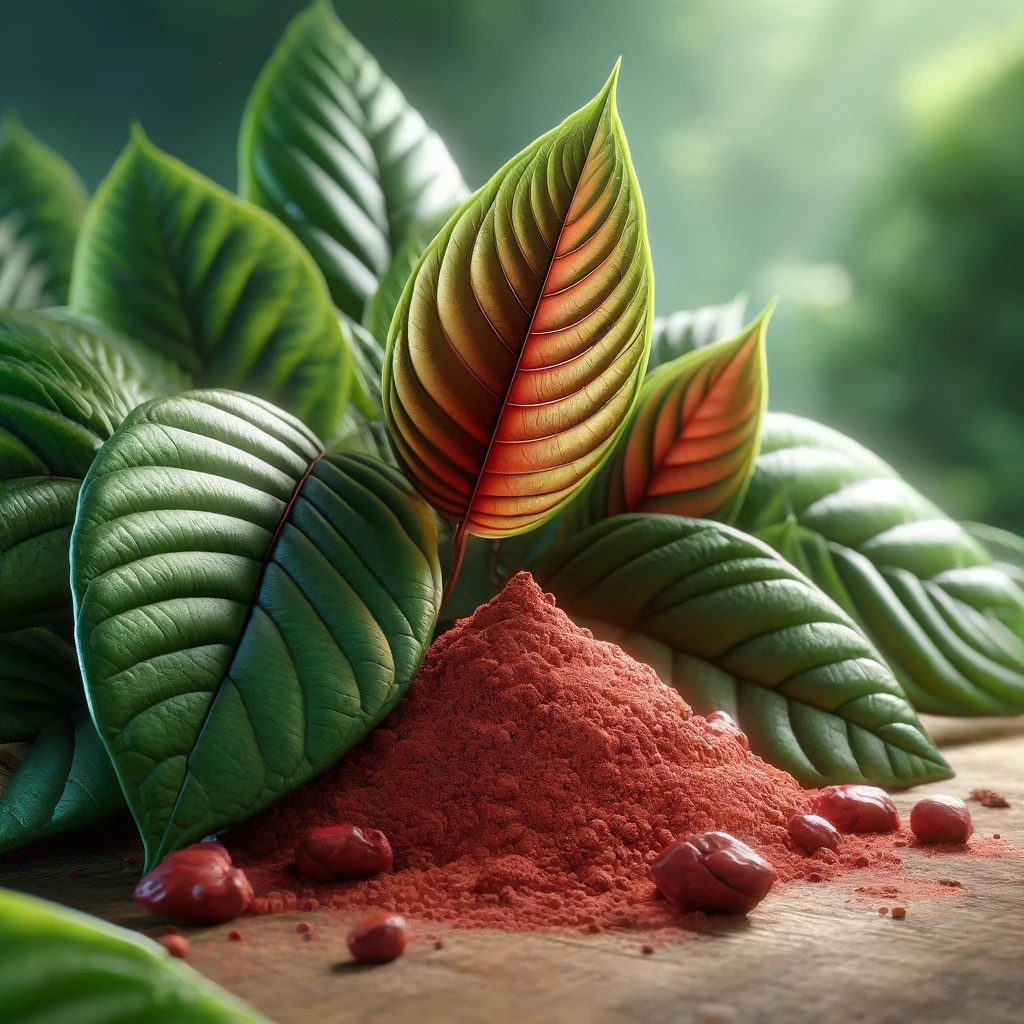
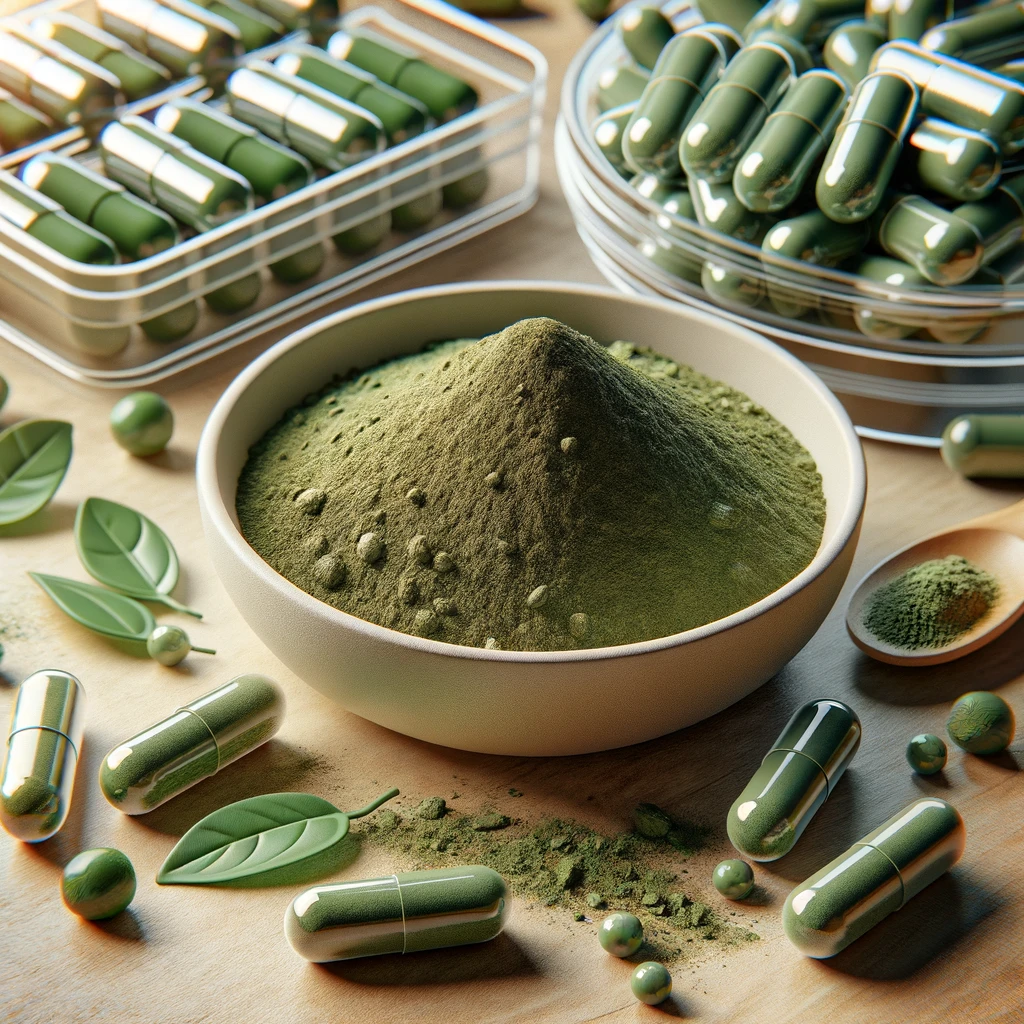
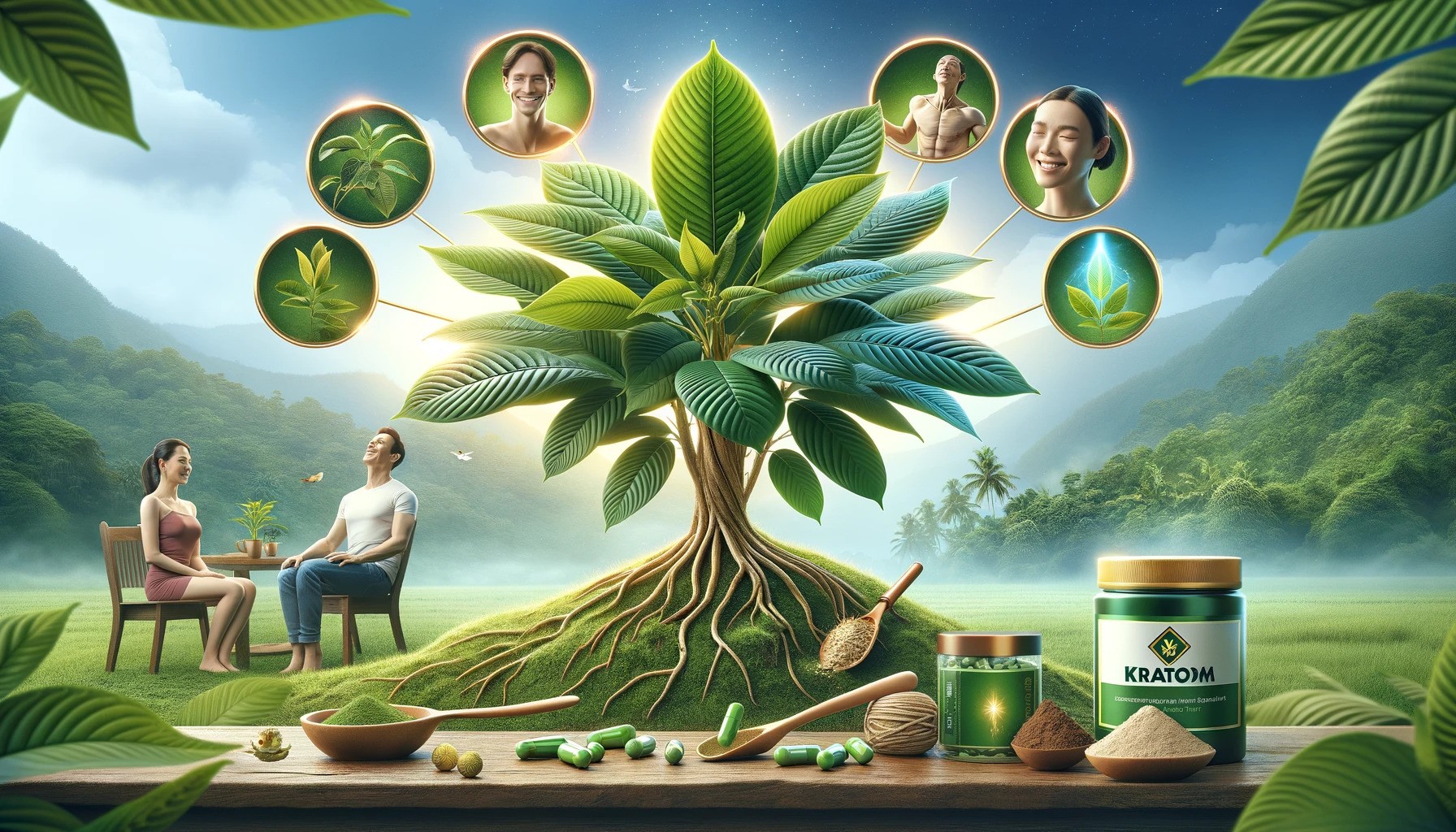

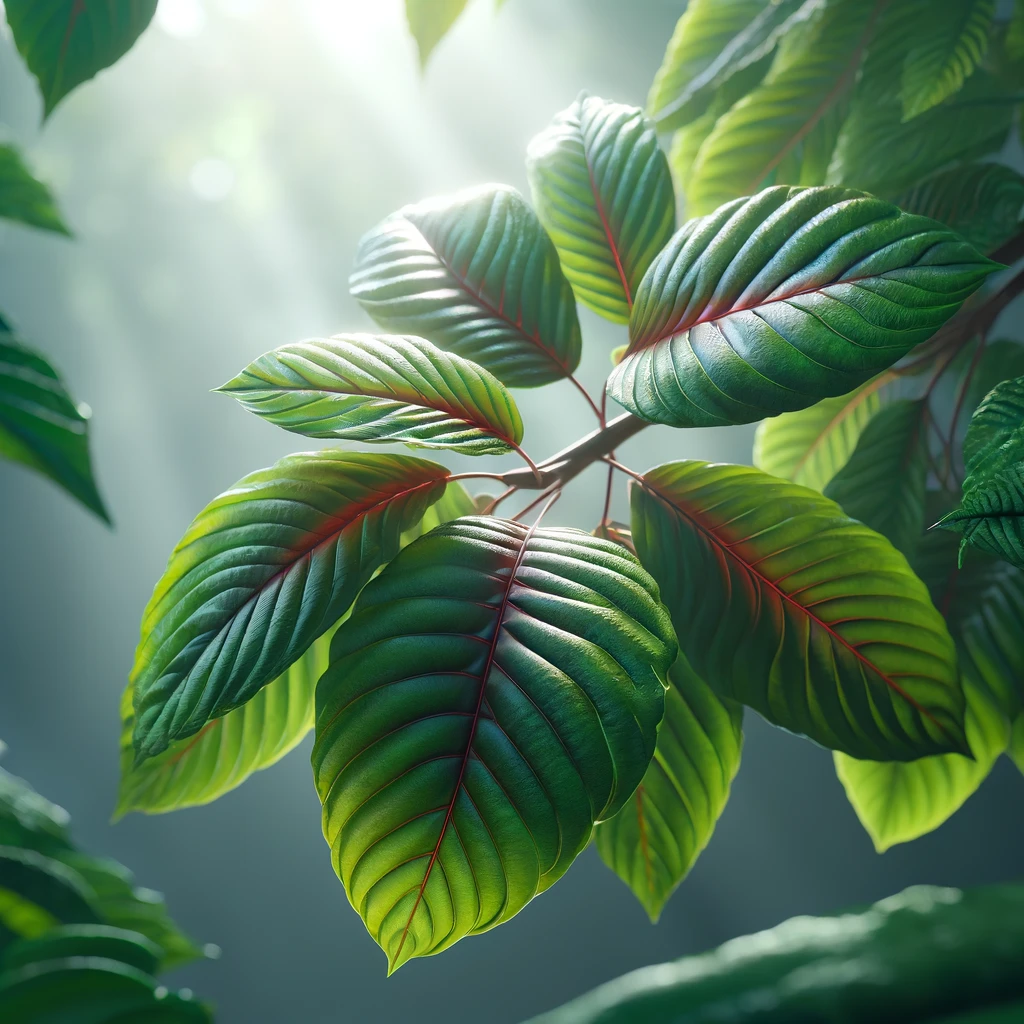
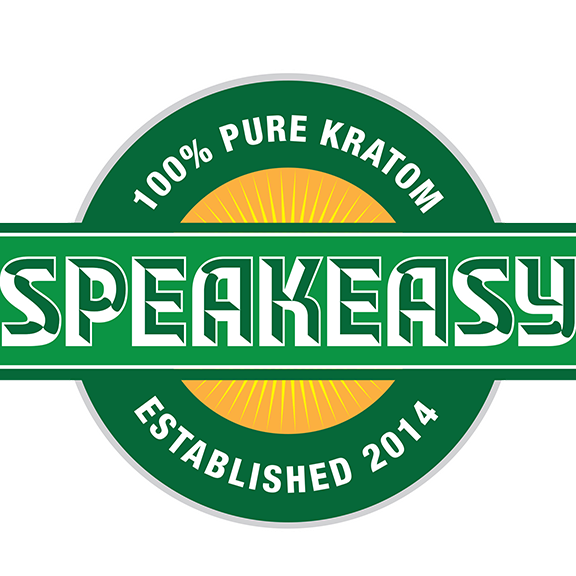
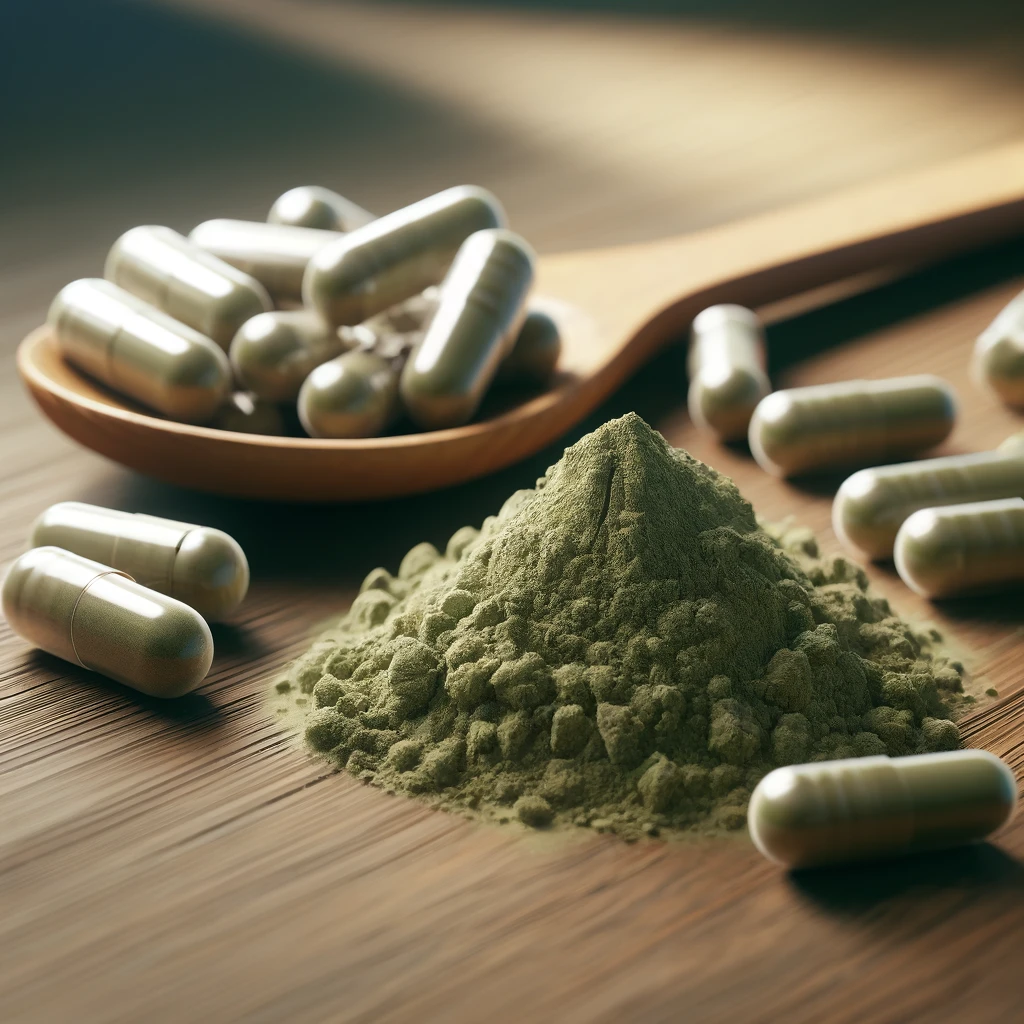
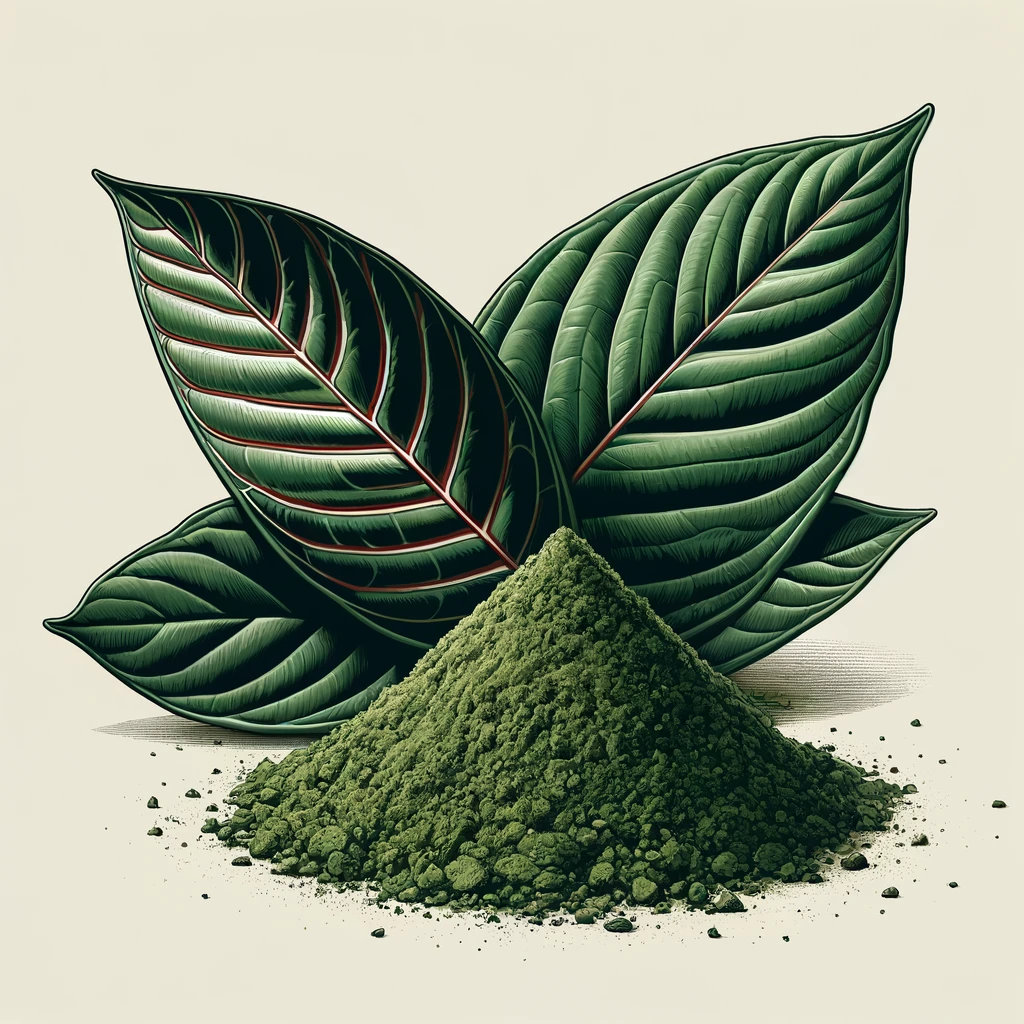
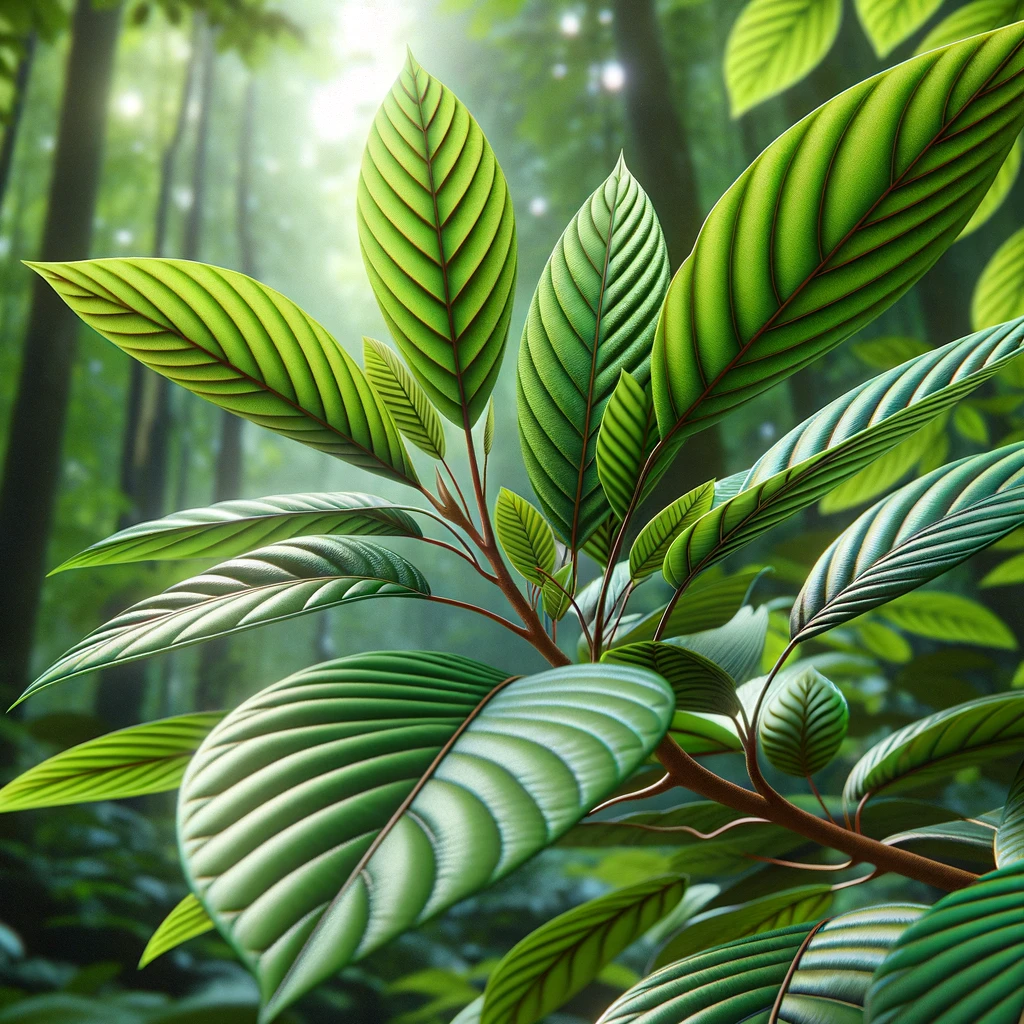
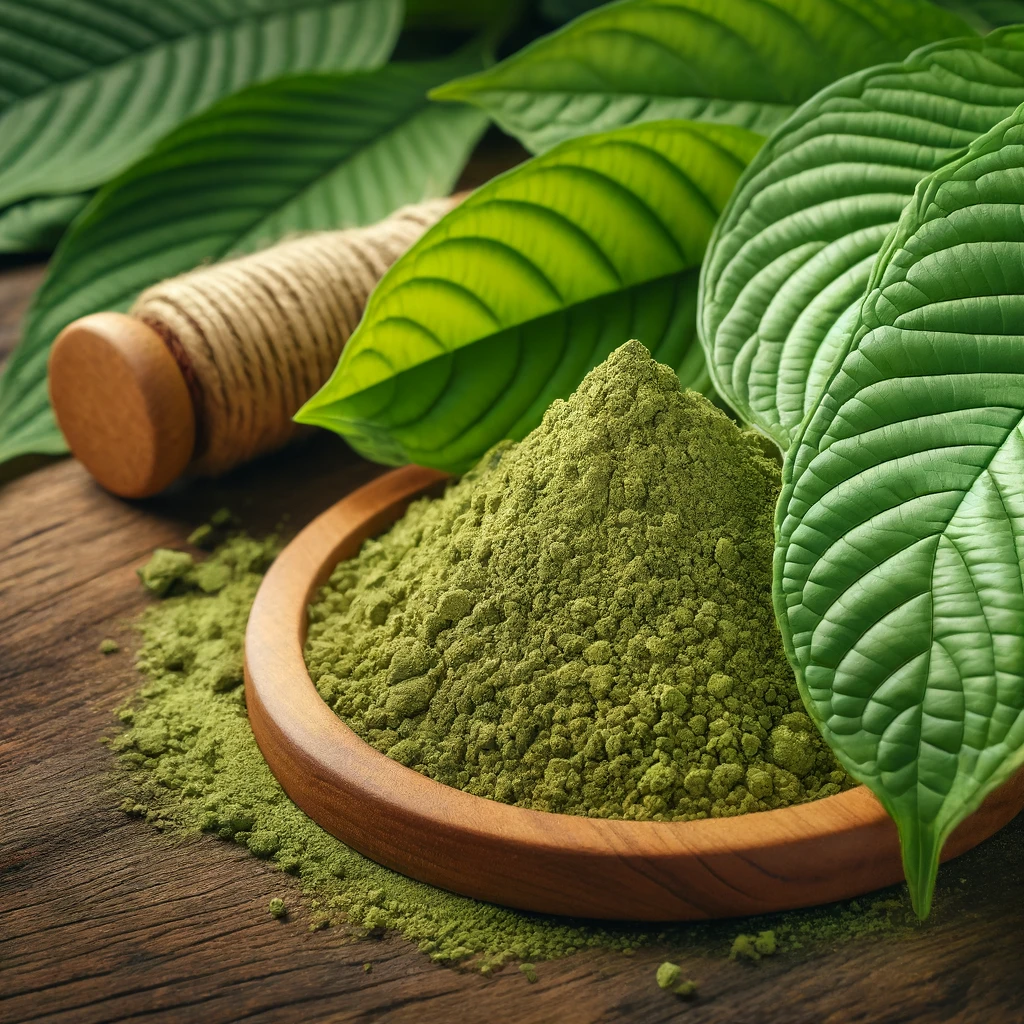
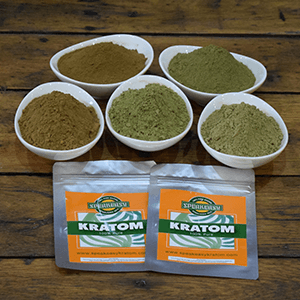
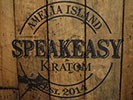
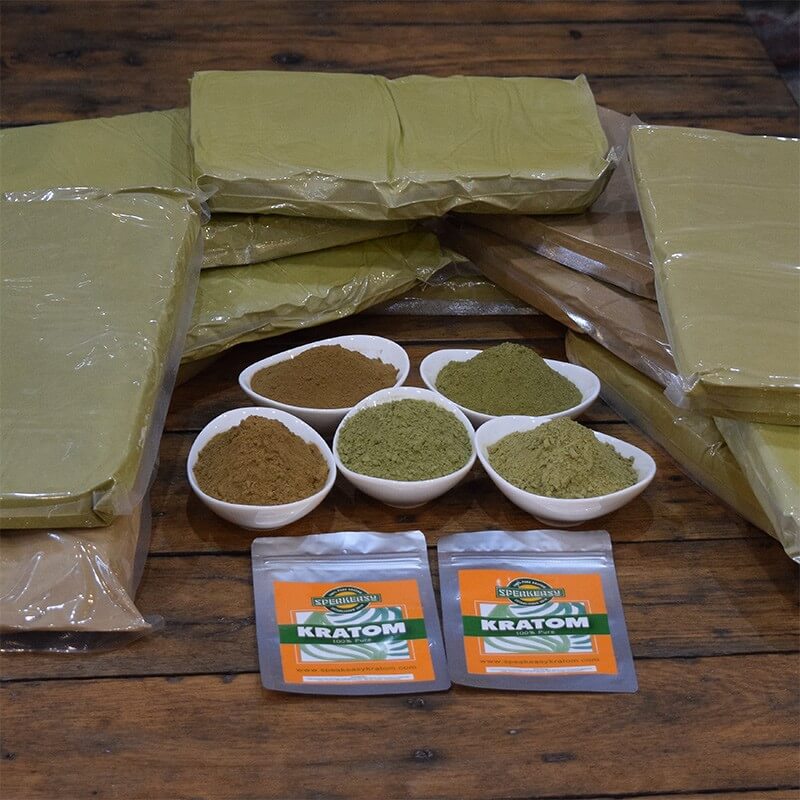
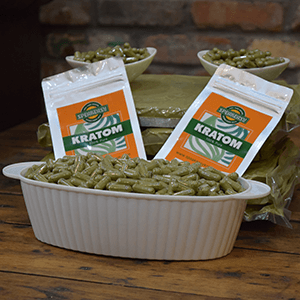
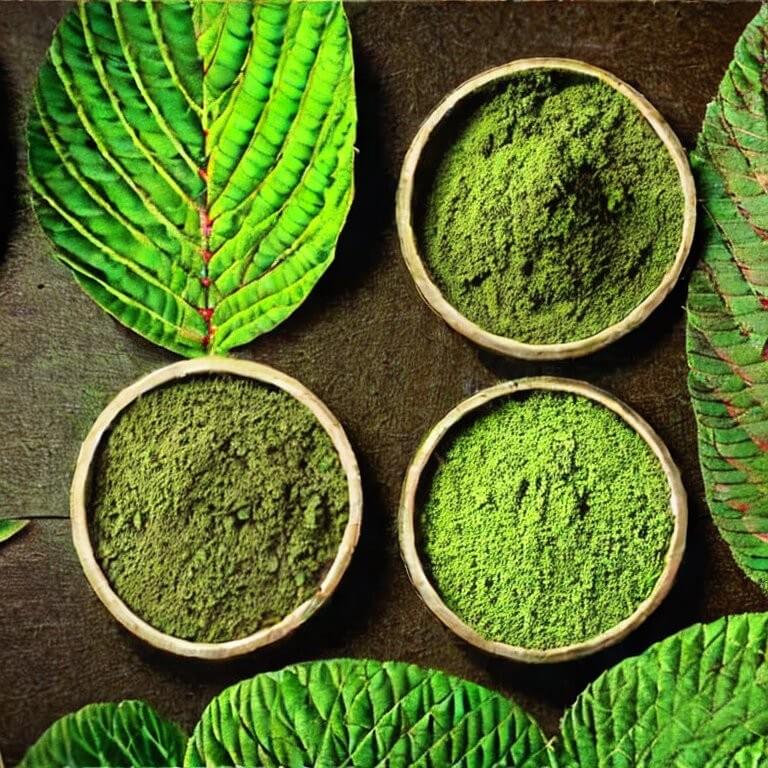
Leave a comment